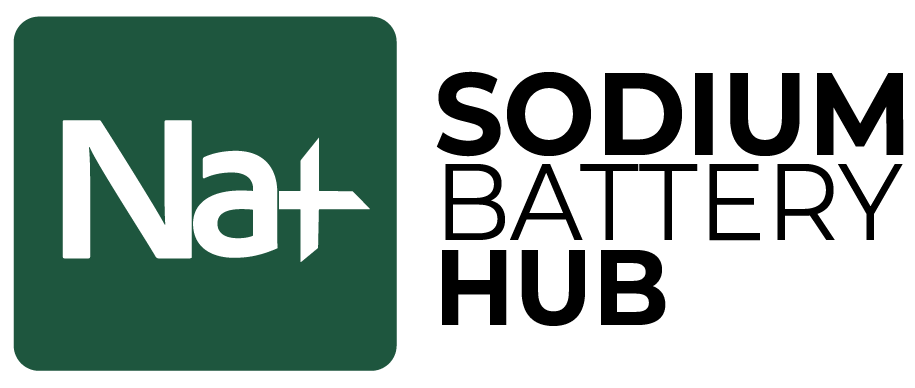Sodium-ion batteries could boost US energy independence. Colin Wessells, founder and co-CEO of Natron Energy, believes that these batteries are vital for America’s energy future.
Introduction of Sodium-Ion Batteries
Natron Energy Inc., based in Silicon Valley, Calif., launched its first mass-scale Sodium-ion Battery manufacturing plant, a 600-MW facility in Holland, Mich., on April 29. Founded in 2012 by Colin Wessells during his Stanford Ph.D. studies, the company has achieved significant milestones since its inception.
Natron’s technology uses Prussian blue in the battery electrode materials. This innovation offers higher power discharge, longer cycle life, and lower safety risks compared to Lithium-ion batteries. Unlike other batteries, Natron’s do not rely on copper, nickel, or cobalt. Instead, they use iron and manganese, enhancing US energy independence.
Key Markets for Sodium-Ion Batteries
Natron’s primary markets include datacenters and microgrids. These sectors benefit from the high power capability and safety features of sodium-ion batteries. Backup power for datacenters is a significant application area.
Government funding has played a crucial role in Natron’s journey. The US Energy Department awarded the company $19.9 million in seed funding in 2020, while the California Energy Commission provided a $3 million grant in 2019. These funds sparked early interest from venture capital investors.
Sodium-Ion vs. Lithium-ion Batteries
According to Wessells, Natron is the only US manufacturer of sodium-ion batteries. This distinction is pivotal for reducing dependency on lithium, nickel, cobalt, and copper. Natron’s batteries only need iron and manganese, minerals widely available across the globe.
Compared to other sodium-ion batteries, Natron’s use of Prussian blue terminals instead of carbon or ceramic allows for unique advantages. Though they have lower energy density, these batteries offer higher power capability, longer service life, and improved safety. This makes them ideal for industrial use rather than Electric Vehicles.
Financing and Future Plans
Natron operates on an enterprise model, mainly raising funds from venture capital. The company maintains control over its intellectual property by avoiding close partnerships with traditional battery manufacturers. Two grants from the Department of Energy were instrumental in Natron’s early development and venture funding success.
Natron’s second grant supports manufacturing production equipment in their Michigan plant. This funding alleviates the burden of capital expenses, making it easier to attract additional capital.
Conclusion
Sodium-ion batteries are poised to offer significant advantages for US energy independence. Natron Energy leads the way with innovative technology and strategic market targeting. With government support and venture capital, Natron is set to revolutionize industrial energy storage solutions.
Disclaimer:
The content presented on this page has not been manually verified by our team. While we strive to ensure accuracy, we cannot guarantee the validity, completeness, or timeliness of the information provided. Always consult with appropriate professionals or sources before making any decisions based on this content.
The image is randomly selected and doesn’t necessarily represent the company or the news above.







